Everyone wants to know how long our pet will stay with us. It is with animals that we have a huge number of pleasant, funny and funny memories: we grew up together with some, explored the world with others or just had fun, and managed to say goodbye to some. In the material presented you will find information on how much an average Scottish fold cat lives, get acquainted with the reasons for their longevity or, conversely, too short a life.
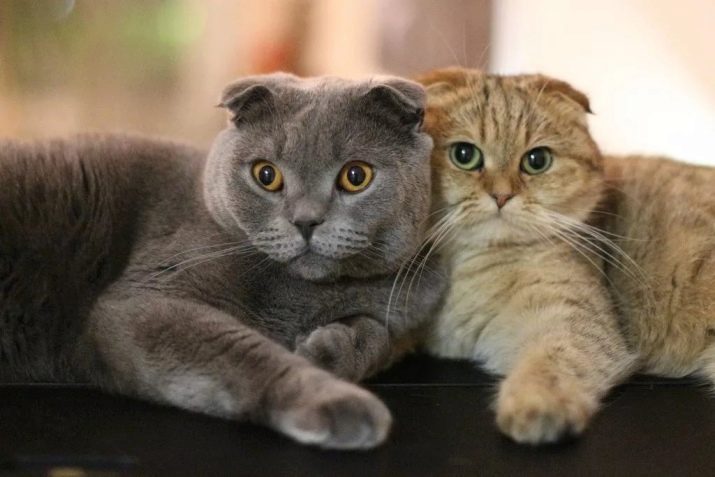
Life expectancy at home
Scottish fold cats have a relatively strong immunity, which allows them to live a significant, compared with dogs, term. Under normal household conditions, Scots live an average of 15 to 17 years.
If the conditions are favorable: excellent quality feeding, constant care and care, good heredity, then these animals can live up to 25 years. To achieve such longevity from a cat, it is not good to feed her. It is very important to know all the critical and weaknesses of this breed, its shortcomings, products that it does not digest, as well as the most common diseases.
It is believed that large varieties of Scottish fold cats with a dense and muscular physique usually live much longer than their counterparts with thin bones and a weak skeleton. Here plays a very important role. genetics and heredity of a particular individual.
To determine the approximate life span of your pet, you should refer to its pedigree.In the event that all the relatives of a cat died their death before the age of 17-20 years, you can be sure that your pet will be the same long-lived.
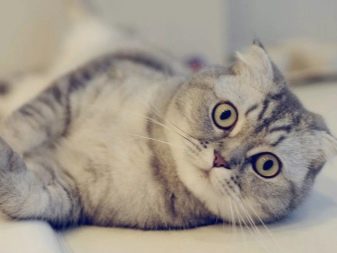

To determine the most likely life expectancy of a newborn pet, simply monitor its behavior. Individuals with better health behave more actively, they are curious, mobile and often meow in search of a mother or food.
Under ideal conditions of care and content, Scottish folds are able to break the bar of 33 years of age. It was such a threshold of life expectancy that was established at the beginning of the XXI century by champions among Scottish Scottish folds.


What affects your health?
The Scots, despite their charming appearance, have quite delicate and delicate health for an experienced breeder. In the process of raising Scottish fold cats, you can meet the following common diseases.
- Skeleton. Outwardly, the Scots seem to be a strong breed of cats with a well-developed skeleton and bones, but this is not so. Bone abnormalities are often found in this breed, in which the bones have a hollow or fragile structure and are extremely prone to breakage and destruction. In addition, this breed has a predisposition to pathologies of cartilage tissue formation.
These diseases, as a rule, do not directly affect the life of a young Scotsman, however, they begin to manifest themselves actively at an already mature age. Because of what, the pet begins to have problems with gait, running, and limps begin. In turn, the lack of active games and entertainment leads to the development of obesity and a decrease in muscle mass. All of these diseases can shorten the life of Scottish folds by 3 or even 4 years.
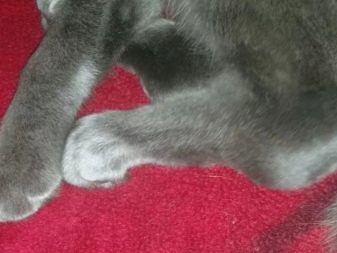
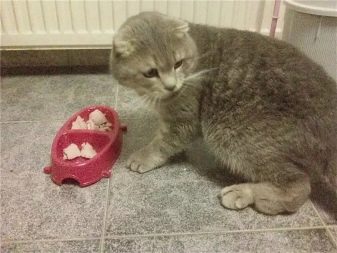
- Food. Scots, like many other varieties of decorative cats, have a pronounced tendency to obesity. As a rule, a sedentary lifestyle, an unhealthy diet with an excessive amount of fats and carbohydrates, a lack of proteins, and also valuable vitamins in food lead to this disease. That is why the diet of the animal should be treated with such trepidation and buy only the highest quality and freshest food.
Other diseases can develop due to obesity in this breed: liver problems, complications of the cardiovascular system and the gastrointestinal tract.

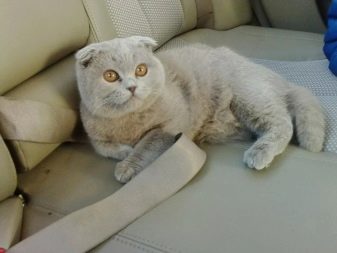
- Hair care. Scottish long-haired breeds have a surprisingly long hairline, which without proper regular care can literally prevent the animal from moving. In addition, the formed woolen tackles often become a haven for ticks and lice, as well as a focus for the development of inflammatory skin diseases.
- Poor hair care can also lead to physical inactivity (atrophy and weakening of the muscle system) if your pet does not move well.
- Scottish folds are also very fond of licking themselves, which leads to the ingestion of a large amount of long hair. Because of this, real lumps of wool and compaction are often formed in their stomach, which are then very difficult to remove from the body due to blockage of the passages. This can lead to complications in the gastrointestinal tract: diarrhea, constipation and decreased appetite.
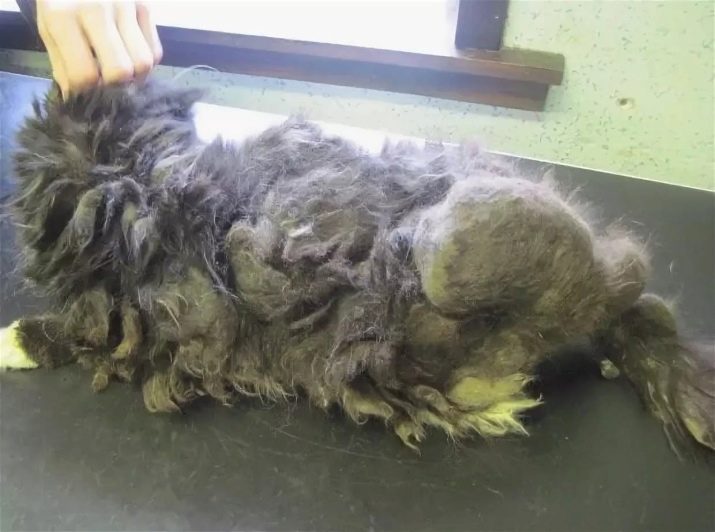
- Hygiene of the ears. Another weakness of the Scots is their amazing ears. These animals have too little fluff and hair in their ears, and the auricles themselves are only apparently well covered. In addition, harmful insects such as ants, midges, mites, and even flies, which can lay their eggs and excrement there, often climb into the animal’s ears. Because of all this, dirt and sulfur accumulate very quickly in the animal’s ears, which can lead to inflammatory processes and complications.
To protect the pet from the onset of such diseases, it is necessary to clean the animal’s ears several times a week with special sticks or cotton pads.
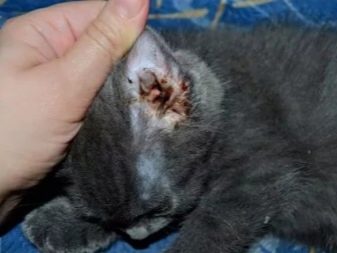
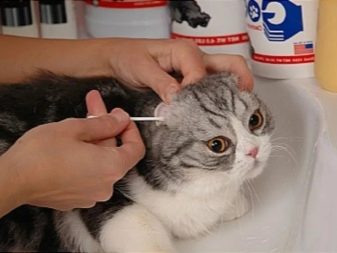
- Heredity. Scottish folds have been bred thanks to numerous breeding procedures. Breeders endowed this breed with an exceptional appearance, but could not protect the breed from the development of genetic diseases. Most of them are not able to greatly affect the life expectancy of your pet, but when buying a kitten, you should consult his passport and data on the diseases and predispositions of his parents.

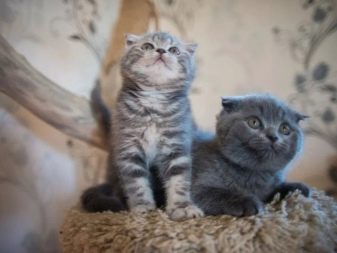
In addition to these diseases, Scottish folds are also characterized by other diseases typical of other cat breeds: skin diseases (fungal diseases, abscesses, abscesses, abscesses, rashes, allergic reactions), infectious diseases (salmonellosis, rabies, anemia, candidiasis), eye pathologies (pupil dilatation, lacrimal paths, clouding of the lens), heart disease (hypertrophic cardiomyopathy), as well as some oncological diseases.
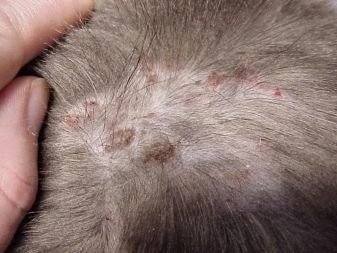

How to extend life?
Each of us wants our pet to live as long as possible. Below you will find a set of rules and recommendations that will help you maintain the health of your pet.
Regular and timely vaccination
You should immediately understand that wherever the pet is located - on the street or at home, it always has a risk of infection. Viruses and microorganisms can get into the apartment in a variety of ways: they can settle on your clothes, get into the apartment through the windows and even through other pets. Vaccination will allow you to stop diseases at the very beginning.
Try to apply for such a procedure only in good clinics with an ideal reputation, avoid home vaccination.
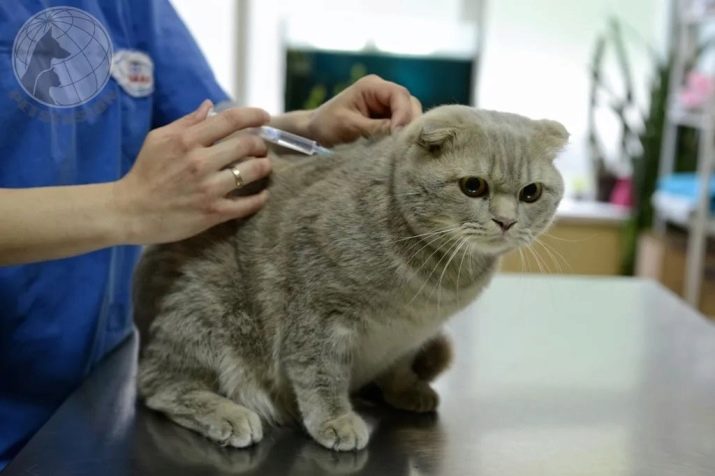
Feeding
It is the most important factor in long life for absolutely all pets. Food should not only be rich in vitamins, minerals and trace elements, but also balanced.
- If you have chosen ready-made mixes and feeds as food for an animal, then these should be premium or super-premium feeds. Only in this case you will be completely sure that your pet receives everything necessary for a full life.
- If you prefer feeding through natural feeds, then you should be extremely careful about balancing nutrition: a meal should contain a strictly defined amount of protein, carbohydrates and fats. Busting with some elements can lead to the formation of intestinal and inflammatory diseases, as well as to ordinary obesity, if your pet prefers to spend a lot of time in one place.
The list of the most useful natural products for Scottish fold cats: boiled meat, sour-milk products (cottage cheese, cheese, kefir), sea fish or offal (always boneless), vegetables (carrots, celery, boiled cabbage).
If you understand that the animal at some point needs more vitamins - they can go into food in combination with natural food. An equally important element of nutrition is clean, fresh and not heavier water. It should be available to the pet at any time of the day.
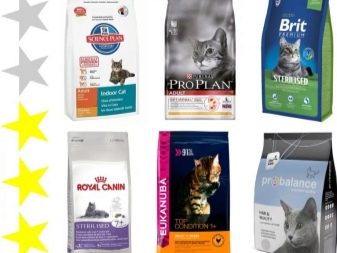


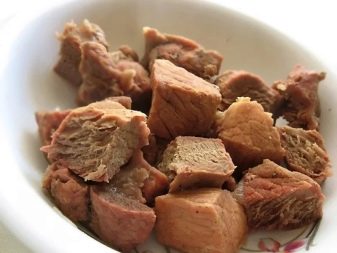
Hygiene and Care
From birth, a pet should be accustomed to mandatory hygiene procedures. These include: nail cutting (if necessary), combing of tassels and old wool (2 times a week, in young individuals - daily), brushing your teeth (at least 1-2 times a week), washing with shampoo (no more than 3-4 once a year if necessary), cleaning the ears of dirt (at least 2-3 times a week), rinsing the eyes - 2-3 times a week with a napkin (moistened with boiled water). Often, it is due to improper care that most skin, eye and ear diseases form.
For combing, it is better to use wooden combs with rare long cloves. Do not buy a slicker - it can harm the skin of an animal.
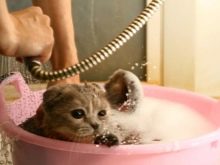
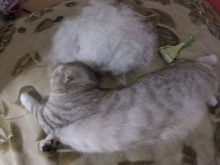

Parenting
This may seem strange, but it is on how you raise your pet that directly depends on its lifespan. If you teach a cat what parts of the house you shouldn’t go, where you don’t need to climb and what you don’t need to bite, you will save your pet from a lot of accidents (poisoning, electric shocks, falling from the balcony, swallowing wires and having a snack by domestic plants).
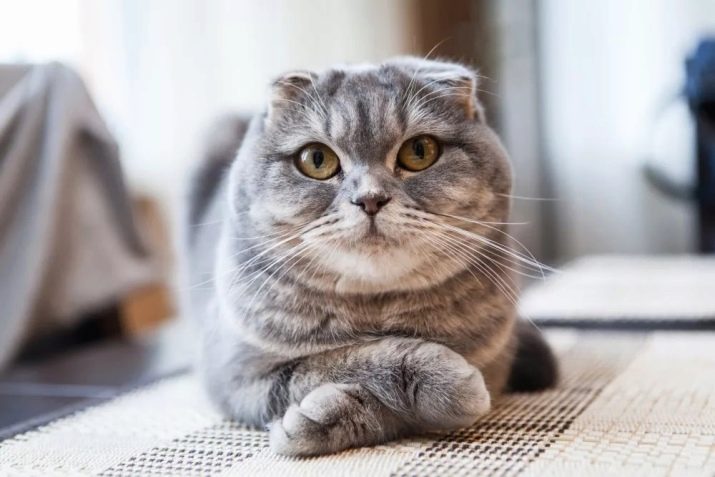
Active life
A sports and active cat is a healthy cat with a minimal list of diseases. From birth, try to load your pet with power loads. Buy him some simulators, poles or horses, where he could jump. In addition, you should definitely give him toys - they will not only raise the mood of the pet, but also distract him from the routine of affairs, grind his claws and fangs.
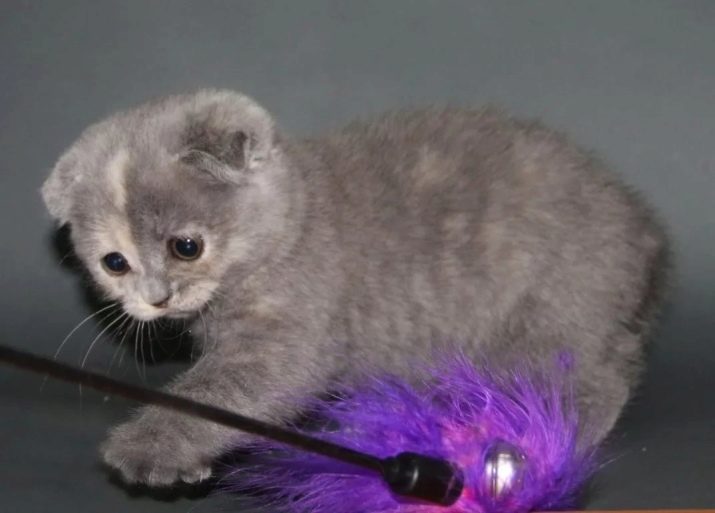
Level of happiness
Scientists have proved that a positive attitude affects the life expectancy of living beings as well as nutrition. To make your pet cheerful and happy, try to pay more attention to it. Allow about half an hour each day to play, talk with the cat, even pester.
Cats adore when they show any attention. In addition, from birth, try to build the right dialogue with the animal - communicate with him, praise him for tricks, sometimes feed him a treat, let him sleep on your knees or clothes, iron him.
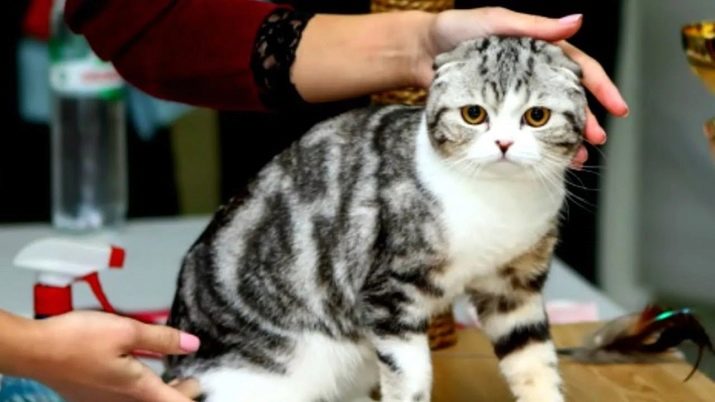
Veterinarian
Preventive trips to the veterinarian every six months do not exactly harm your pet, but they can protect you from many diseases. The doctor will be able to prescribe a suitable diet, determine the missing vitamins, can give directions for taking tests so that you can clearly see the condition of the animal.
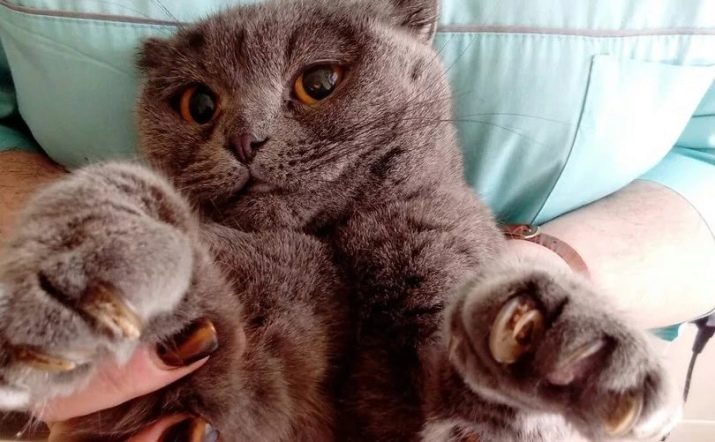
Sterilization
It is believed that neutered individuals live 2-3 years longer than non-sterilized ones. Apparently, this depends on the fact that both the female and the male are in a very stressful situation in the mode of searching for a partner. After birth, stress affects cats very negatively, making them fearful, distrustful, and aggressive. Not to mention the fact that pregnancy extremely weakens the body and even with a balanced diet makes it unstable to viral diseases.
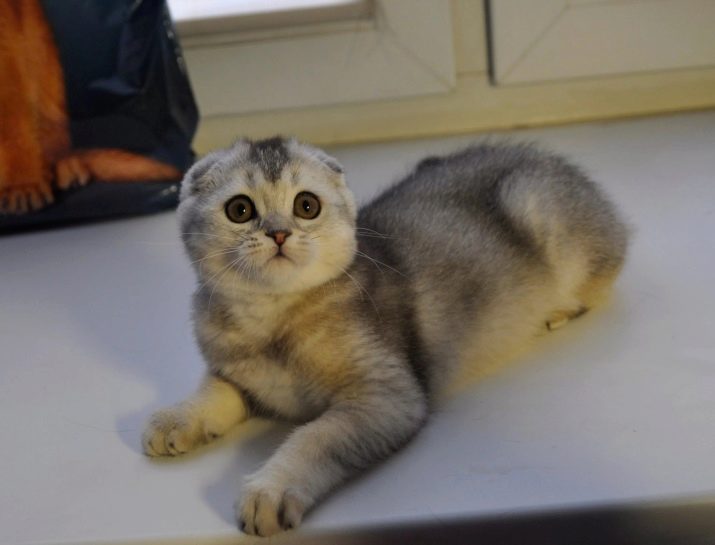
In simple words, only one thing is required of you - try to spend as much time as possible with your pet and monitor its behavior. At the first symptoms of a disease, injury or pathology, immediately contact an experienced veterinarian. So you can stop more than 90% of all possible diseases that shorten the life of a Scotsman.
See below for interesting Scottish Fold cats.


































